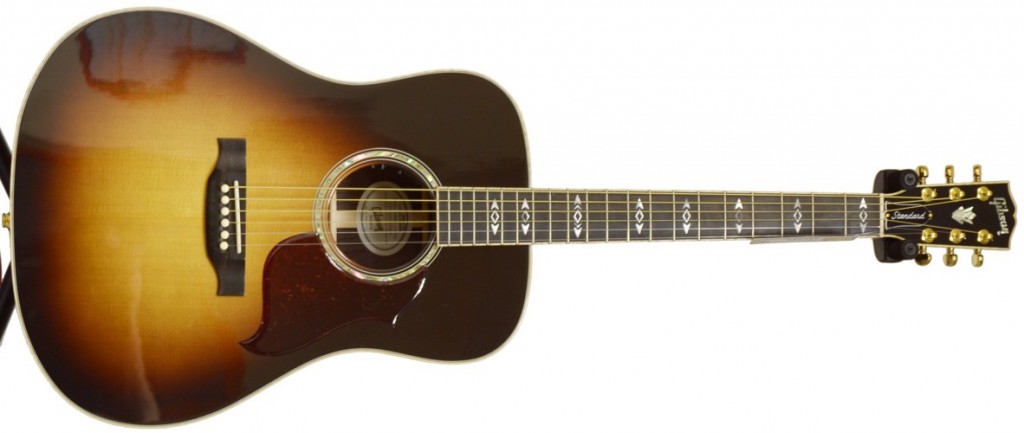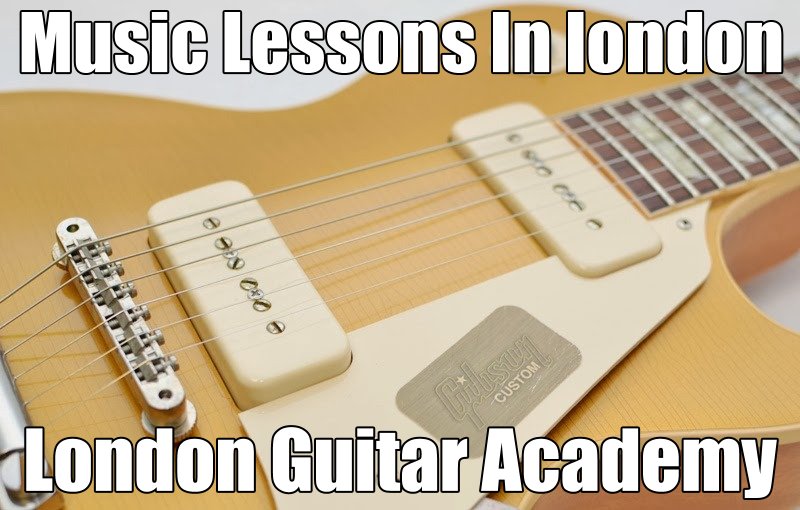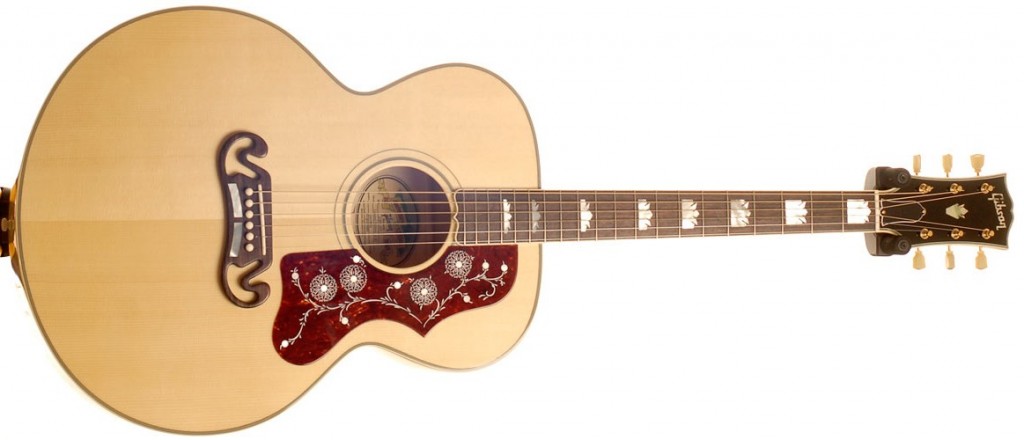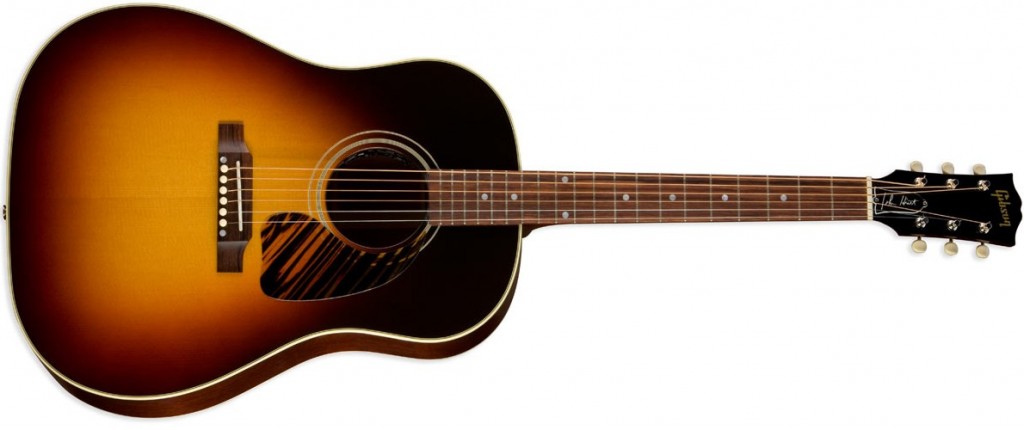Strumming Patterns | Rhythm Guitar | Music Teachers London
Strumming Patterns | Rhythm Guitar | Music Teachers London
STRUMMING PATTERNS
Good rhythm is almost essential to good guitar, and probably the simplest to understand. Let’s start with some terms:
All bars (measures) consist of a number of beats. A very easy way to grasp the idea of bars is to learn a 12 bar blues. The time signature shows the number of beats in a bar and the note that will be used for counting. For example, 4/4 – the top of the fraction shows the number of beats and the bottom of the fraction shows the note unit used for counting; which in this case is a quarter note.
4/4 is usually referred to as common time. It may appear on the stave of printed music as either 4/4 or as a “C” as shown below. Whichever way the same information is given – the piece of music has four beats to a bar and the counting note is the quarter note.
All the notes in Western music have a fractional relationship. We know that in 4/4 time we will be using the quarter note as the reference for counting. Play an open string note slowly and repeatedly while counting in fours. Now play the open string note only when you count 1 and 3. You have just played a half note. To play eighth notes count “1-and-2-and-3-and-4-and” in the same time you would normally count “1-2-3-4”. For sixteenth notes the count is “1-e-and-a-2-e-and-a-3-e-and-a-4-e-and-a”. Here is a list of note values used in Western music:
STRUMMING PATTERNS | RHYTHM GUITAR | MUSIC TEACHERS LONDON
- whole note
- half note
- quarter note
- eighth note
- sixteenth note
In common time a whole note consists of four quarter notes or four beats. Each half note is two beats and quarter note is one beat.
There are other possible signatures, 3/4, 2/4, 6/8, 7/4 are some. However it must be noted that over 90 percent of the music ever written has been in common time. ![]()





 2:52
2:52 4:51
4:51 1:45
1:45 3:04
3:04 4:50
4:50 3:27
3:27